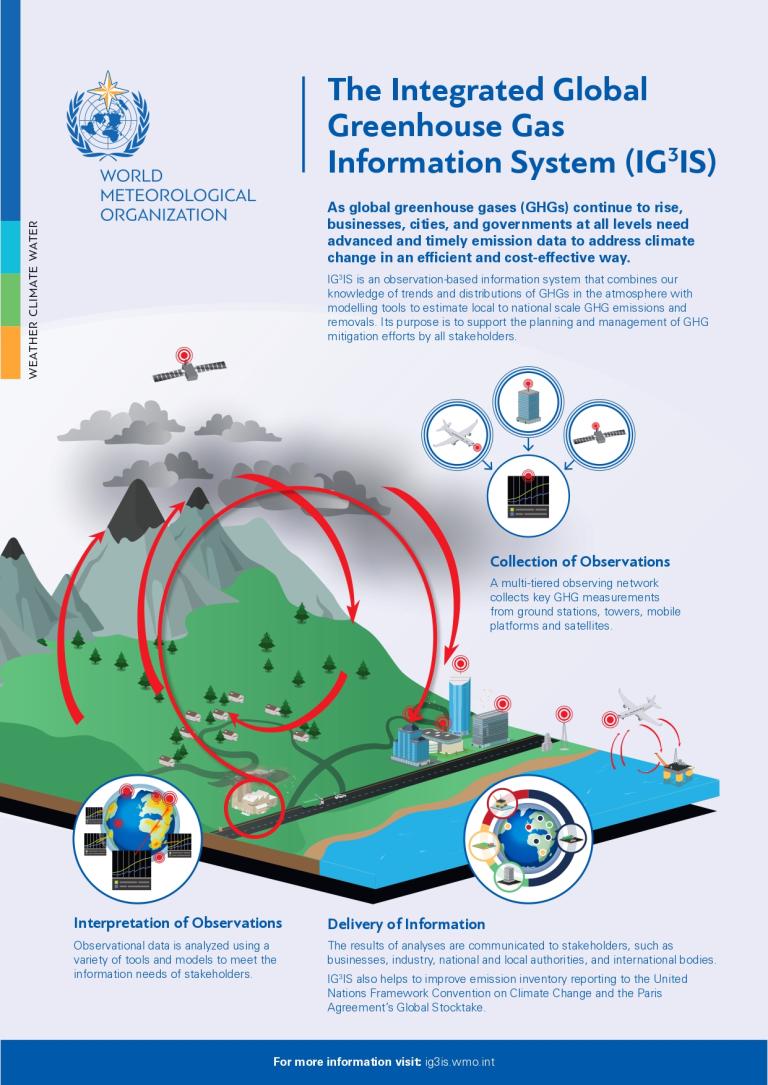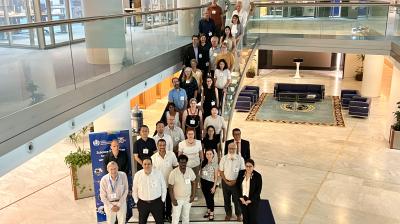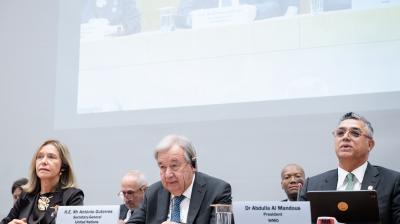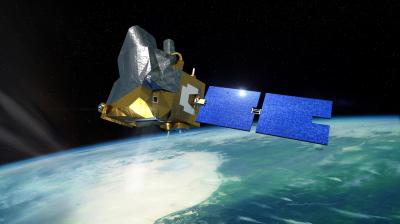Science-based greenhouse monitoring can complement national efforts to meet mitigation targets and combat global warming
The IG3IS Workshop on National-scale Greenhouse Gas Monitoring brought together diverse stakeholders to discuss integrating atmospheric observations with national greenhouse gas inventories.
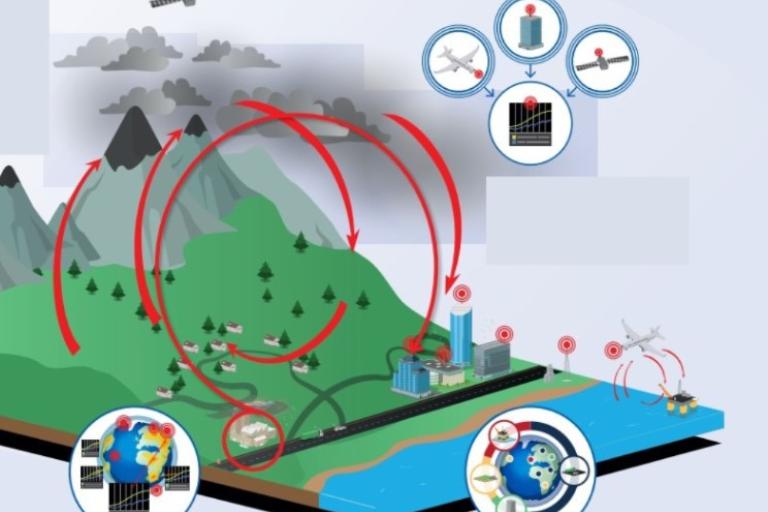
The Integrated Global Greenhouse Gas Information System (IG3IS), part of the Global Atmosphere Watch (GAW) Programme, is designed to create a cutting-edge service that enhances the management of greenhouse gas (GHG) emissions. This innovative system aims to comprehensively integrate atmospheric observations with activity-based estimates of GHG emissions within a robust modelling framework. This integration aims to enhance the timeliness, accuracy, and overall quality of estimates of GHG emissions and removals, catering to various decision-making levels.
On June 30 and July 1, 2025, IG3IS hosted a hybrid workshop focused on the national-scale applications of science-based quantification of emissions and removals. This significant event took place at the WMO headquarters in Geneva, Switzerland, bringing together many stakeholders including representatives from various countries engaged in developing national GHG inventories through a bottom-up approach, members of the scientific community involved in top-down emissions estimation, as well as experts from the Intergovernmental Panel on Climate Change (IPCC) Task Force on National Greenhouse Gas Inventories and the GHG Inventories unit of the UNFCCC Secretariat.
The workshop discussed successful approaches from countries with established monitoring systems, including the UK, Switzerland, New Zealand, Germany, and the USA, while also addressing the challenges faced by developing nations. A central topic was the creation of global guidelines for employing atmospheric measurements to provide means for quality control of national emission reports. This includes a focus on building institutional capacity, enhancing technical capabilities, and fostering collaboration between atmospheric scientists and inventory teams.
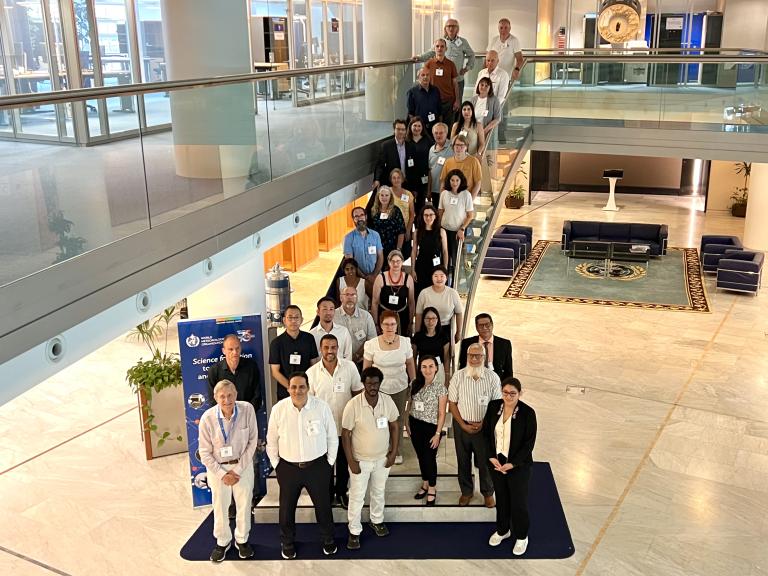
Discussions at the workshop highlighted the critical role of atmospheric monitoring and emissions assessment tools, particularly in regions that lack in situ measurements. Participants explored the capabilities of global monitoring systems and evaluated specific solutions tailored to individual countries. There was a strong emphasis on how inventory compilers can integrate atmospheric measurement models into their processes. The workshop underscored the necessity for improved collaboration between the scientific community and inventory compilers, addressing the challenges faced by nations with varying capabilities and resources.
A key highlight of the meeting was the discussion on how the IG3IS framework can effectively complement traditional GHG inventories, especially in the context of reporting obligations to the United Nations Framework Convention on Climate Change (UNFCCC) and for strategic planning of Nationally Determined Contributions (NDCs).
In addition to this, IG3IS is currently in the process of finalizing the National Scale Greenhouse Gas Emission Observation and Monitoring Good Practice Guidance, which is a second edition of this document. During the workshop, several key elements of this guidance document were shared and discussed with the attendees. Recommendations that emerged from these discussions will be incorporated either in the presented draft or used for the next edition. The final document is expected to be published by the end of September.
Monitoring greenhouse gas emissions and removals is paramount as it enables a deeper understanding of the relationship between human activities and climate change. This understanding is vital for crafting targeted mitigation and adaptation strategies. The accurate measurement of significant GHGs—such as carbon dioxide (CO2), methane (CH4), and nitrous oxide (N2O)—using emerging science-based methodologies can vastly improve fluxes tracking.
A collaborative effort between the atmospheric modelling and inventory communities is essential for fostering a balanced approach that combines top-down and bottom-up methodologies. Such cooperation is crucial for refining mitigation actions, monitoring, and reporting processes, ultimately leading to enhanced climate action efforts worldwide.
